On December 15, the UK officially became the 12th member of the Comprehensive and Progressive Agreement for Trans-Pacific Partnership (CPTPP). This opens up great opportunities for Vietnamese businesses to gain deeper access to a market worth up to £900 billion.
More commitments for Vietnam than other countries
According to Ministry of Industry and Trade, in the content of the Agreement CPTPP, the UK commits to open up to 6 areas, including: Trade in goods, trade in services - investment, temporary entry for business visitors, government procurement, financial services. This is also the largest trade agreement that the UK has signed since leaving the European Union in 2020; creating more export markets for Vietnam to access the market with an annual import turnover of up to 900 billion pounds.
In particular, during the negotiation process between the UK and Vietnam on joining the agreement, the UK committed to opening its market at a high level according to the agreement's standards, higher for Vietnam than the commitment for other member countries and also higher than the commitment in the bilateral FTA between Vietnam and the UK.
Specifically, the UK committed to eliminating 94.4% of tariff lines for Vietnam as soon as the agreement comes into effect (while other CPTPP member countries are 93.9%). Therefore, many agricultural products with export potential and strengths of Vietnam such as rice, seafood, cassava starch... all enjoy better commitments from the UK than the commitments in the TPP. UKVFTA.
For rice, the UK committed to giving Vietnam a tariff quota that will gradually increase from 3,300 tons/year in the first year to 17,500 tons/year from the 8th year (ie 2030) onwards, with a tariff rate within the quota of 0%, nearly double the rice quota that the UK committed to for other CPTPP countries.
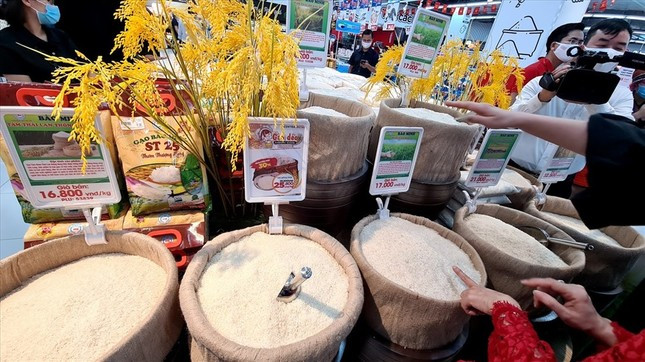
With item Seafood, currently the preferential import tax of Vietnam's main seafood products to the UK is mostly 0%. However, there are still a few product codes such as processed shrimp HS 160521 and 160529 that are still subject to a tax rate of 7%. These two product lines of Vietnam are both holding the number 1 position in the UK, dominating 36% of the market share, but the room will be larger when Vietnamese shrimp enjoys tariff incentives from The UK joins CPTPP. The UK commits to completely eliminate quotas and import tariffs on tuna as soon as the Agreement comes into effect or after 7 years with a few tariff lines.
Notably, the UK has signed a letter to Vietnam confirming that industries operating in Vietnam are considered to be operating under market economy conditions... This creates favorable conditions for our country in trade defense investigations, especially anti-dumping investigations. With this result, Vietnam's export goods will not be discriminated against and will be subject to more reasonable anti-dumping tax rates.
What should Vietnamese businesses pay attention to?
Statistics from the General Department of Customs show that in the first 11 months of this year, Vietnam's goods exports to the UK market reached nearly 7 billion USD; this country is also Vietnam's 7th largest export market.
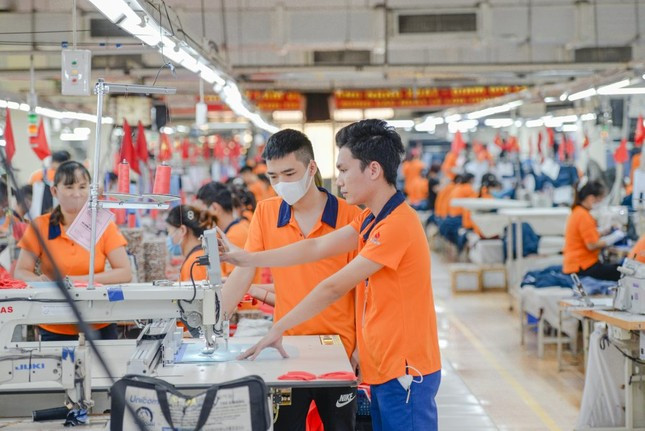
Some items such as seafood reached about 290 million USD, cashew nuts 93 million USD, coffee more than 120 million USD, handbags and suitcases more than 110 million USD, wood and wood products more than 200 million USD, textiles and garments reached nearly 700 million USD, all kinds of footwear reached more than 900 million USD, especially phones and components reached about 1.1 billion USD, machinery, equipment and spare parts reached 1.2 billion USD, ...
However, in reality, the UK is one of the most demanding markets in the world in terms of domestic circulation standards. Therefore, to take advantage of opportunities in the CPTPP, Vietnamese exported goods must meet domestic circulation standards. Vietnamese enterprises also need to improve their competitiveness by improving product quality, strictly controlling the entire production process, and ensuring traceability to boost exports.
Source


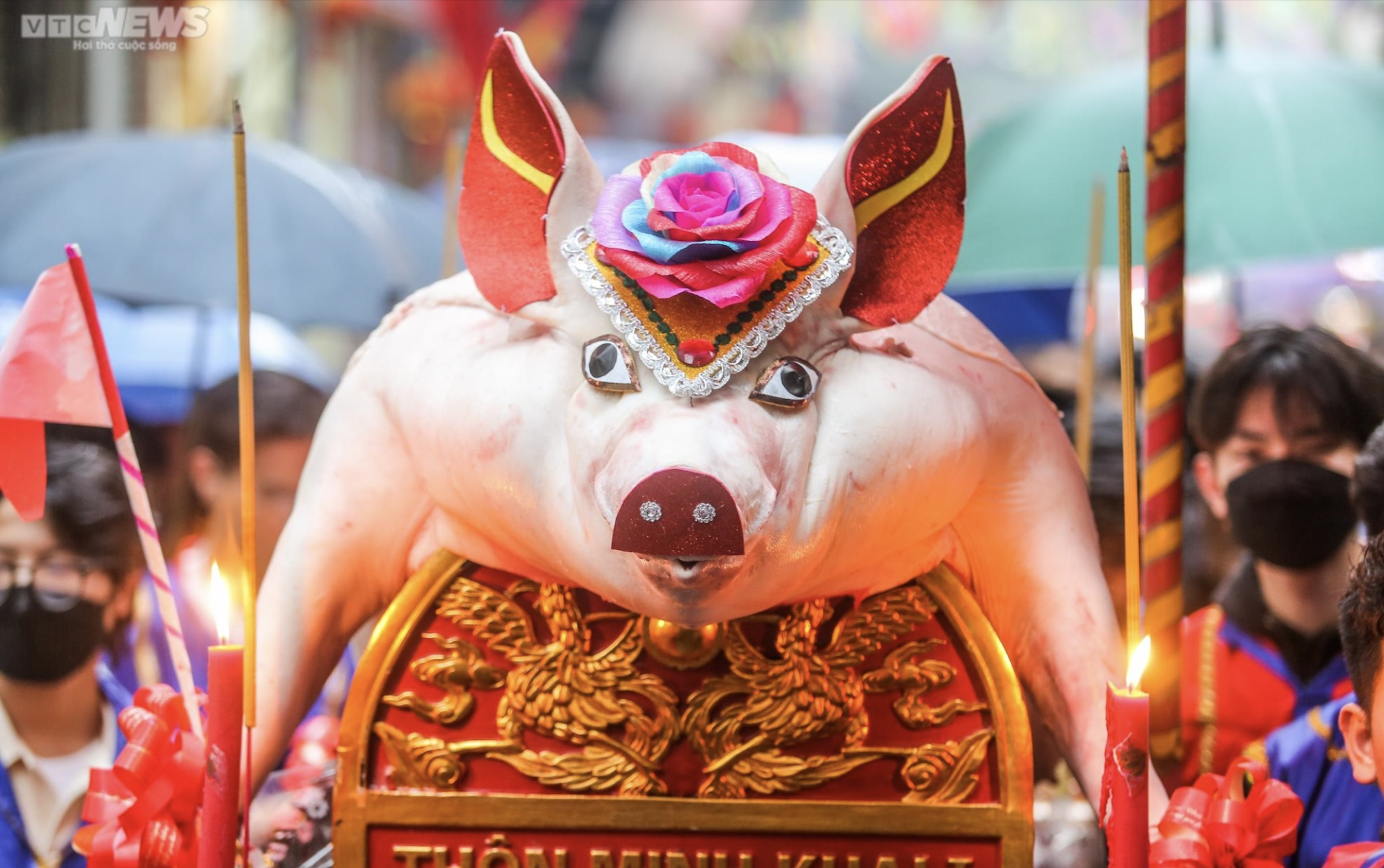

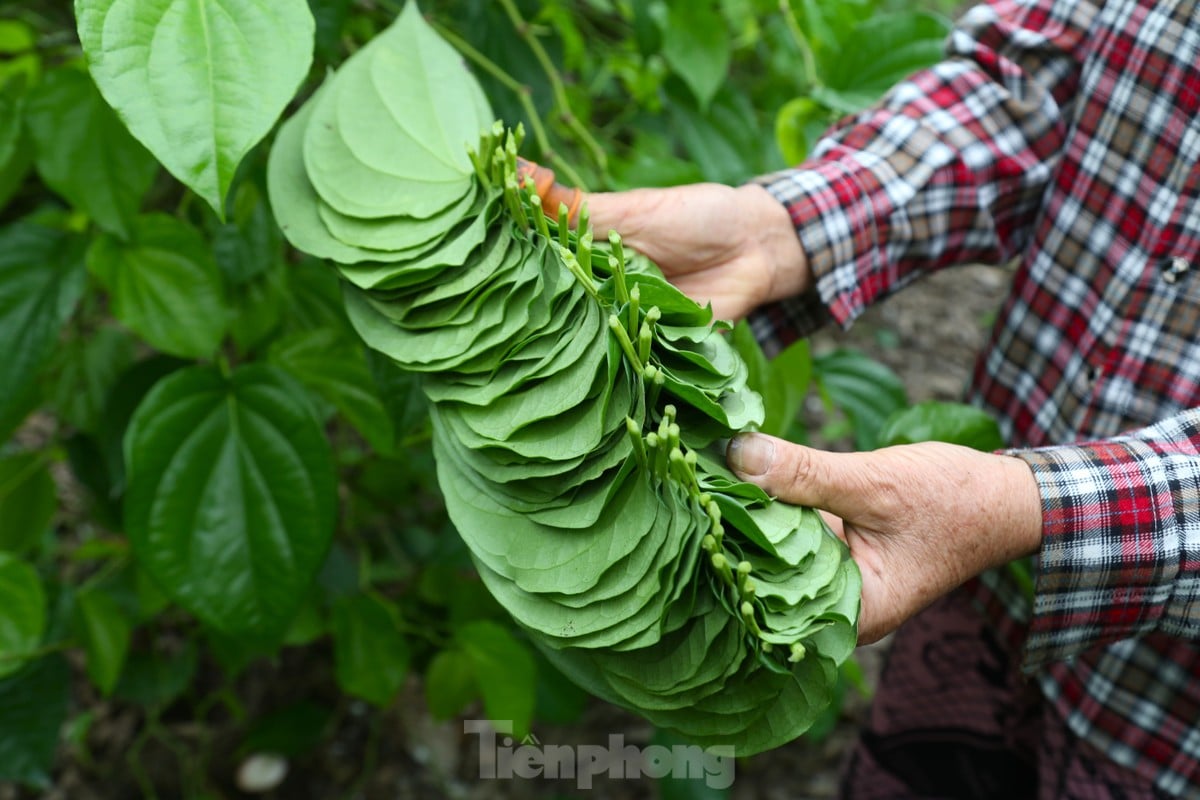
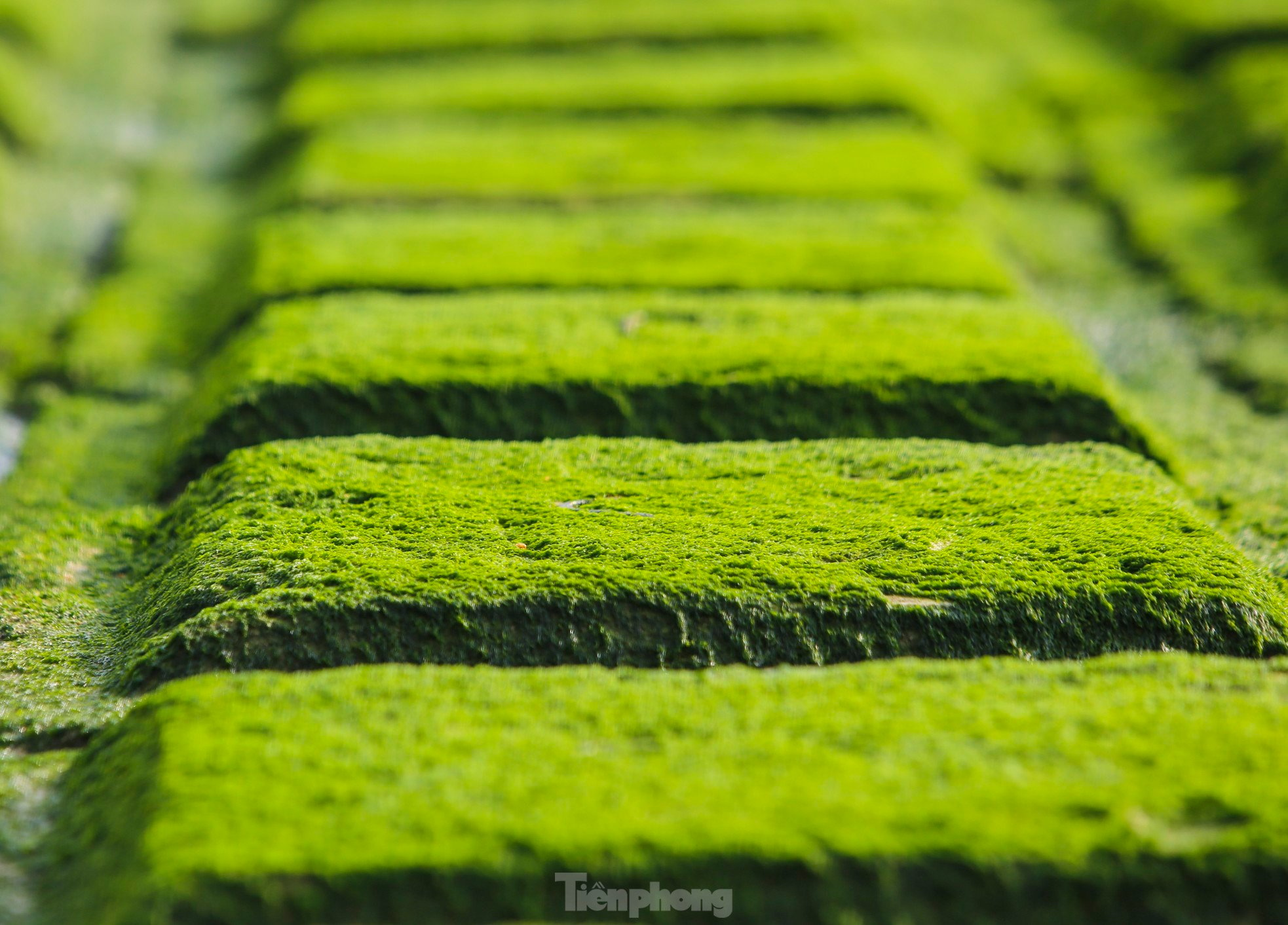

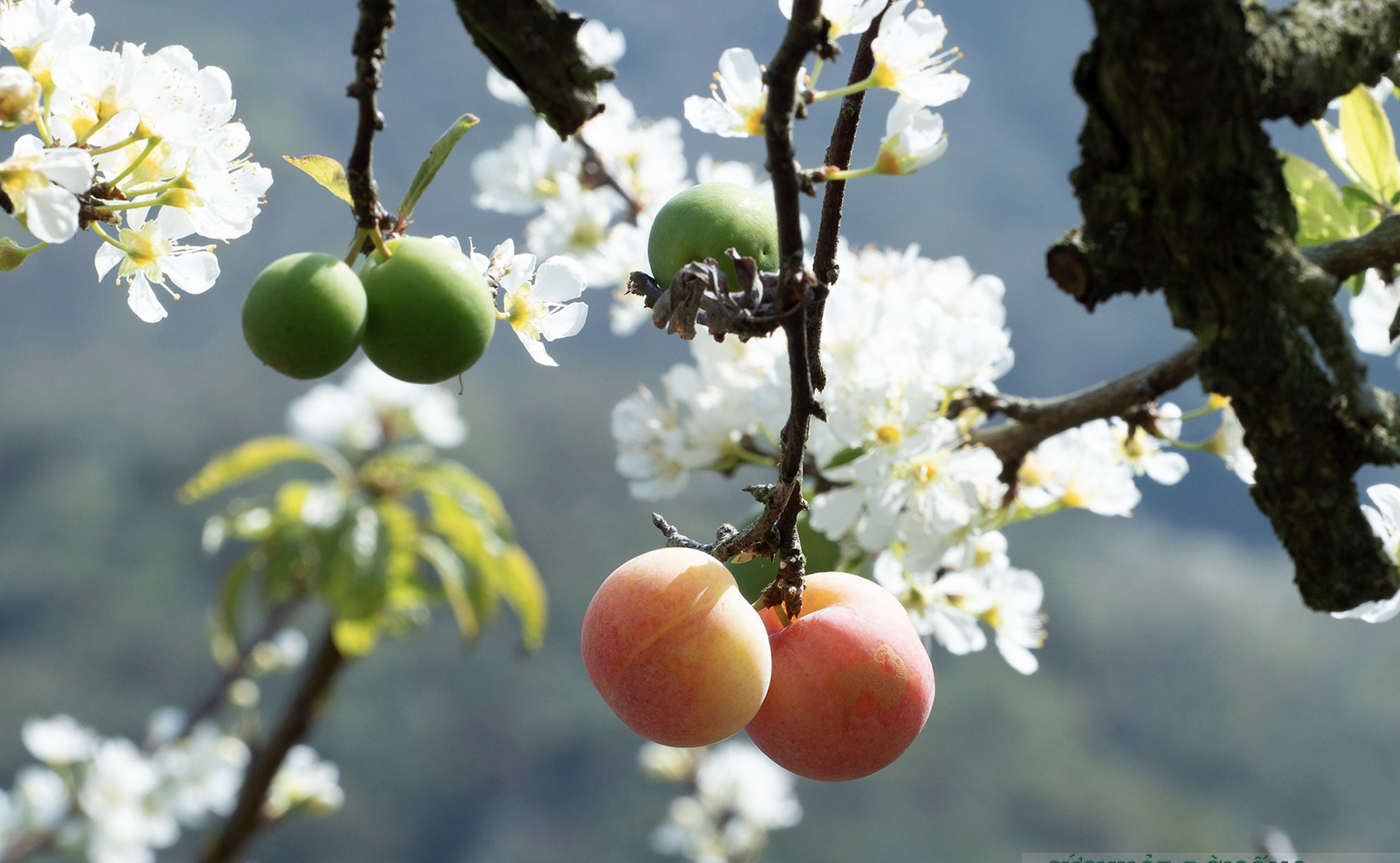






















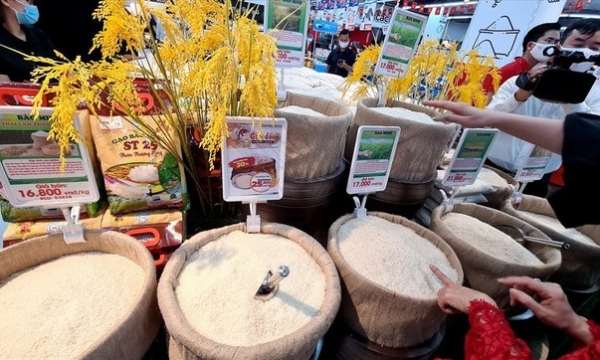
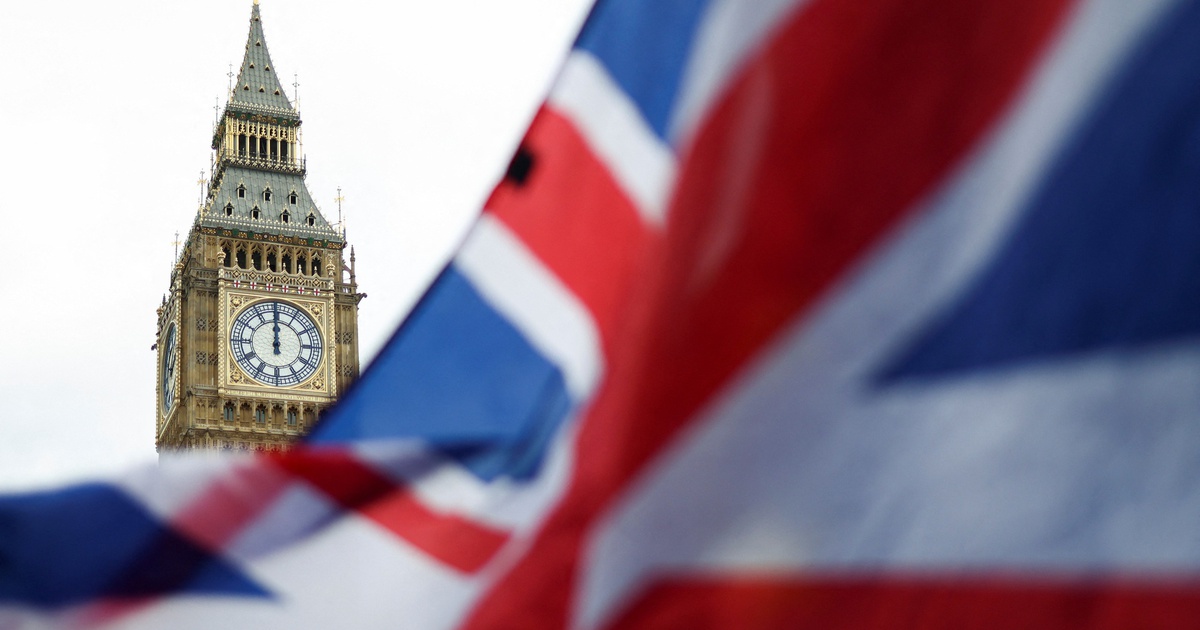

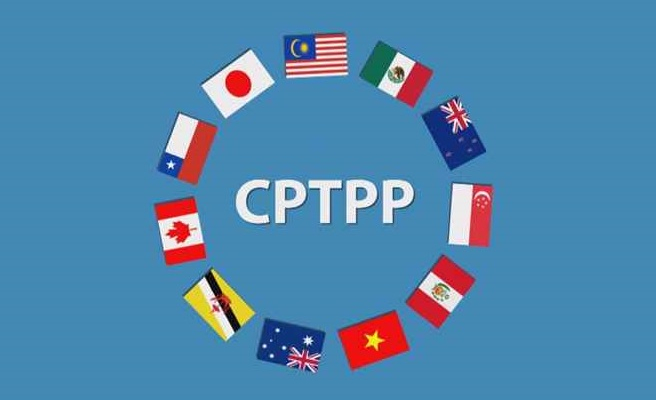

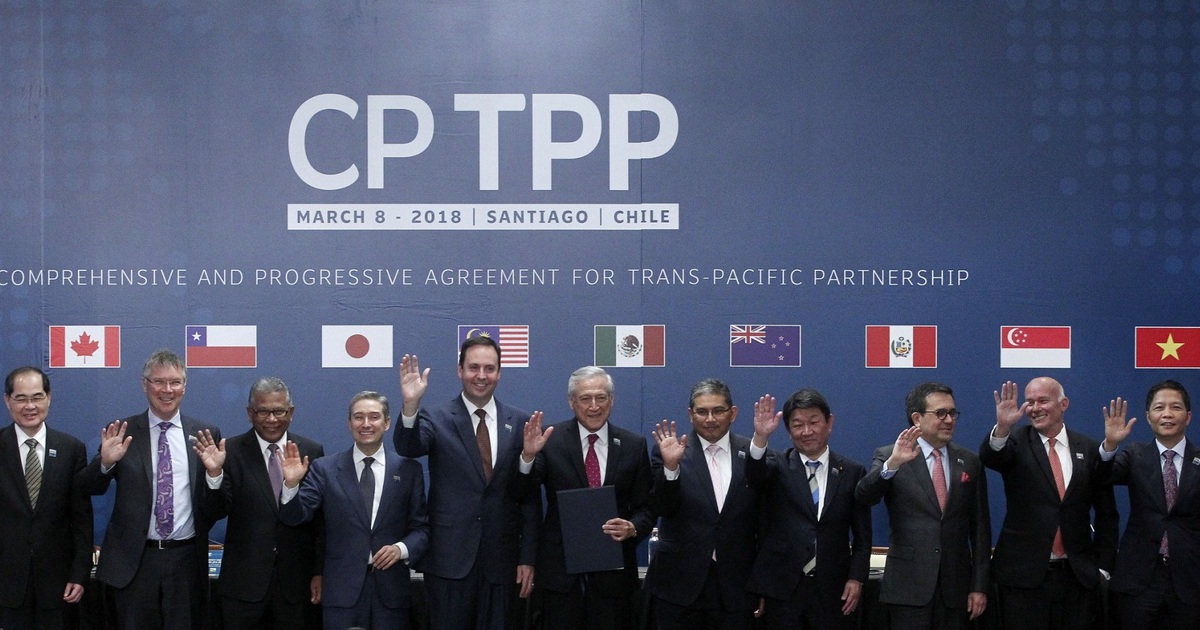
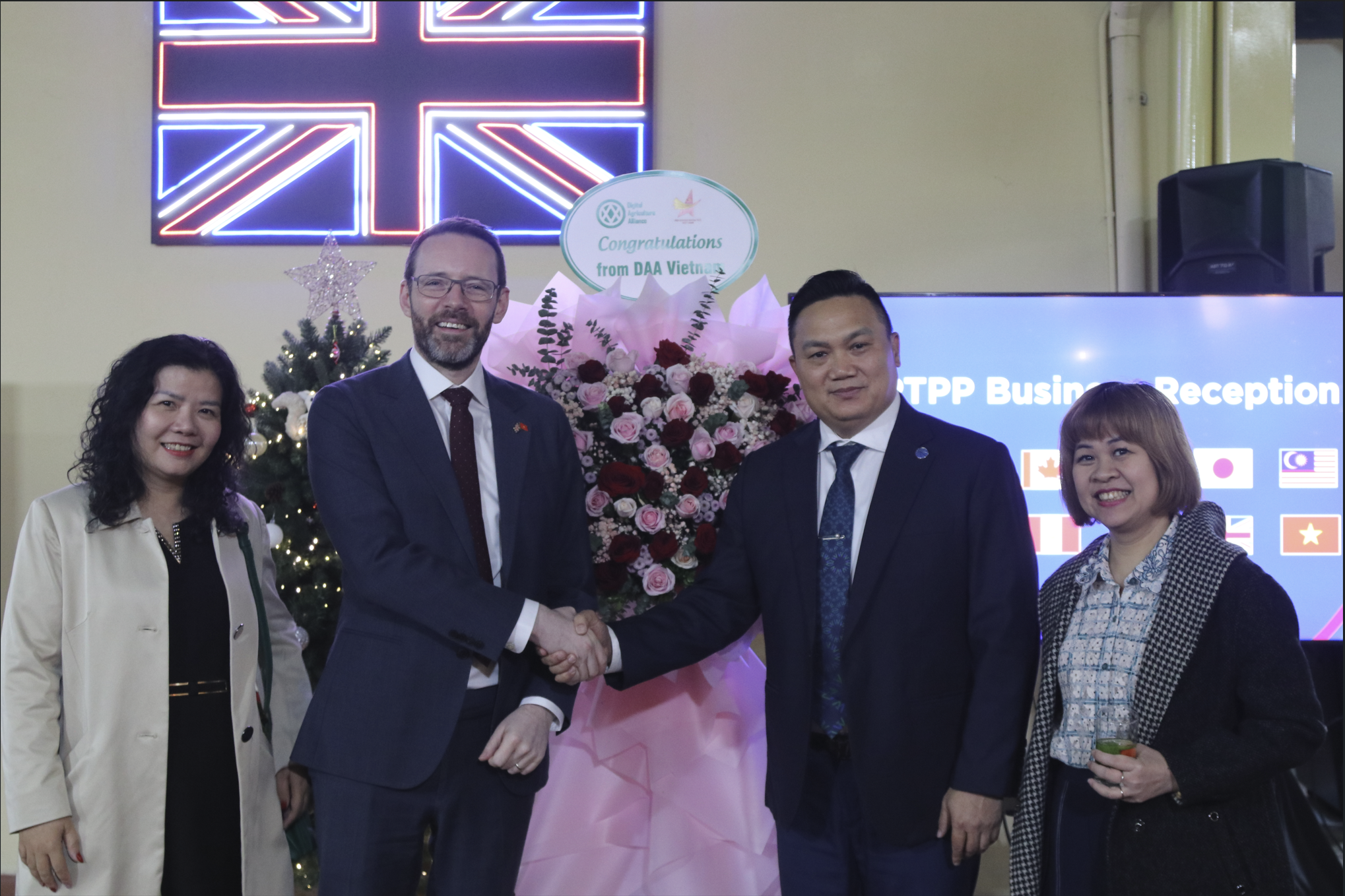
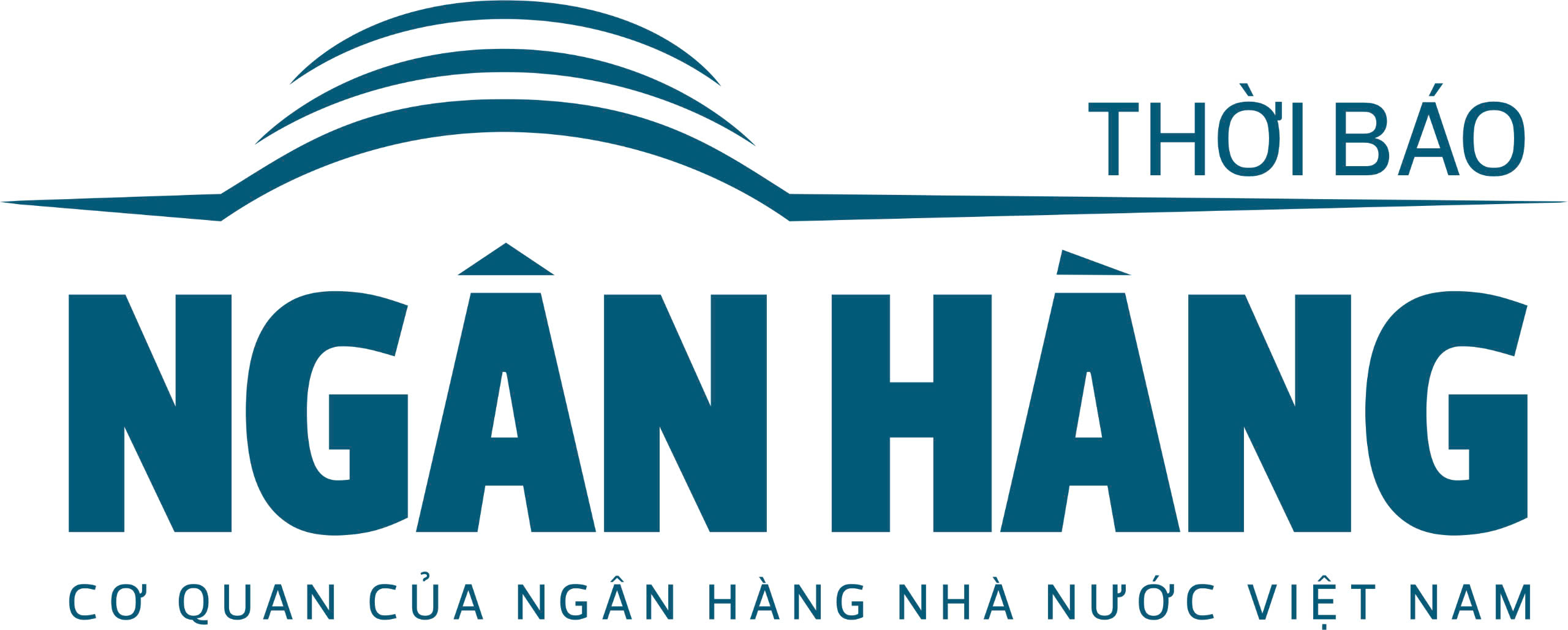



![Charming Vietnam [ Phong Nha National Park ]](https://vstatic.vietnam.vn/vietnam/resource/IMAGE/2025/2/12/1cc2c12b6cb84938b32182cccf560b3c)
















Comment (0)